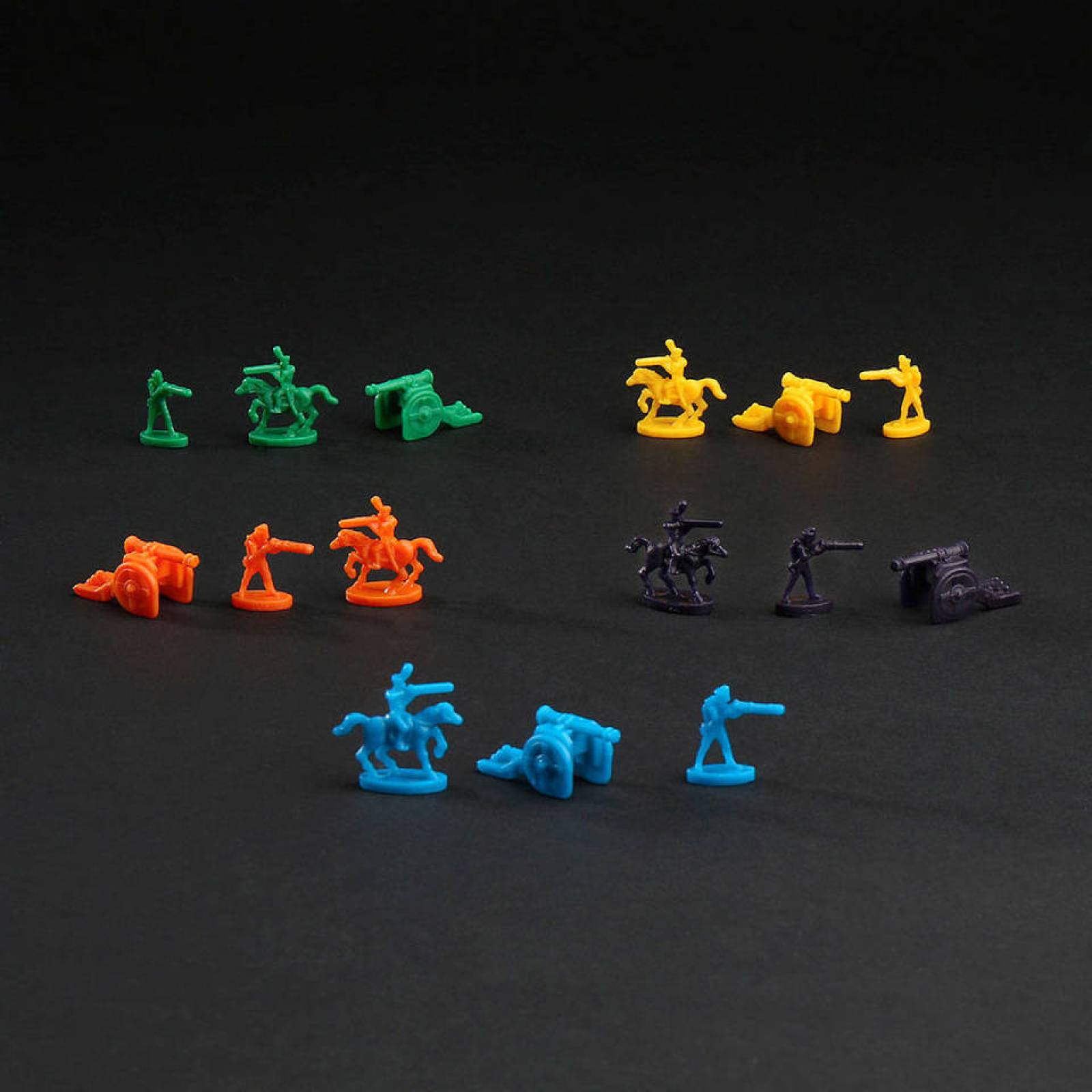

Then, as a class, discuss what they noticed about how the game worked. Teach students the rules and let them play one game. You can incorporate a lesson on chance and probability into the game. As the game progresses, they will realize that it’s in their best interest to “quit while they’re ahead” and they’ll focus on maximizing points while minimizing risk. In that case the player’s turn is ended and he or she loses ALL their points from ALL the rounds played so far.ĭepending on the age or math level of the students, they may start by rolling as many times as they can. When this happens he or she loses all their points for that round (S,K,U,N, or K) and must pass the dice on to the next playerĥ. He or she rolls 1s on both dice.

A student’s turn continues indefinitely until he chooses to pass the dice on OR:Ĥ. He or she rolls a single 1. That student can then choose to complete his turn and pass on the dice to the next player OR he can choose to keep rolling and adding more points. Each student gets one turn during round S, one turn during round K, one round during round U, etc.ģ. A student rolls the dice and records the number they get in the column that corresponds to the round. Each letter denotes a round of the game.Ģ. Students determine who goes first, second, third, etc. Students should hold their paper horizontally and separate it into five columns, each one topped with letters: S,K,U,N,K.
RISK PROBABILITY GAME HOW TO
There you go: target golf! In any case, your students will love playing these carnival inspired games, while also relating back to probability, You’ll get them thinking about questions of which target is most likely to be hit, with some extra questions about how to decrease the probability of certain targets. For example, for target golf, you could set up some paper/plastic cups at various distances, and tape them to the ground. The reason I love these two games so much is that it’s super easy for even the busiest teacher to set up. Thanks! (Taken from Teachers Pay Teachers) I would love your support, so please follow my TPT profile, and rate my first product so I can improve. This post is actually in celebration of my very first TPT product! It’s a freebie of 4 recording & reflection sheets, for the following 4 games. Kids love playing games in the classroom, and a probability unit is the perfect fit for incorporating fun in your math curriculum! After introducing your class to the key concepts and terminology they’ll need to successfully discuss probability, try these probability game ideas out and have those concepts really become engrained in your students. *This post contains affiliate links for convenient viewing*


 0 kommentar(er)
0 kommentar(er)
